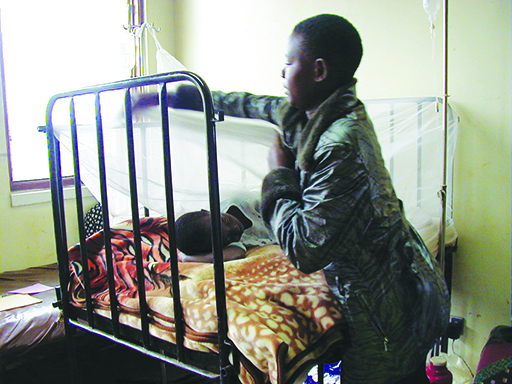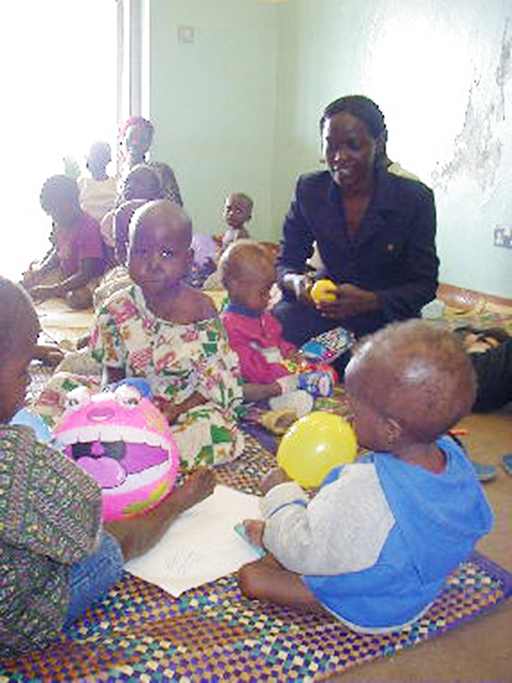Why should you implement child-friendly health standards?
- To ensure that children can access health services in safety.
- To protect and advocate for children’s rights.
- To ensure that staff and other representatives are competent and committed to protecting the best interest of the child while accessing health services.
- To maintain the reputation and credibility of your individual facility.
The Child-Friendly Healthcare Initiative developed a set of standards for health care facilities. They can be used as standards against which health facilities can identify positives, gaps and improvements. The standards below are all supported by articles in the UN Convention and the African Charter.
‘Child-Friendly Healthcare’ is the best possible integrated health care provided by health workers to minimise the fear, anxiety and suffering of children and their families by supporting and practicing the following 12 standards:
- Keeping children out of hospital (and other health facilities or institutions) unless this is best for the child.
- Supporting and giving the best possible health care.
- Giving health care safely in a secure, clean, child-friendly environment.
- Giving child-centred health care.
- Sharing information and keeping parents and children consistently and fully informed and involved in all decisions.
- Providing equity of care and treating the child as an individual with rights.
- Recognising and relieving pain and discomfort.
- Giving appropriate resuscitation, emergency and continuing care for very ill children.
- Enabling play and learning.
- Recognising, protecting and supporting vulnerable or abused children.
- Monitoring and promoting health.
- Supporting best possible nutrition.
Activity 4.4: Using standards
You could consider reviewing all 12 of these standards and apply them to your workplace but for this activity, take just three: standards 4, 5 and 9.
What examples or evidence do you have of how your environment currently meets these standards?
What might need to be done to improve?
Record your answers in the table.
Take the ideas into your workplace to discuss with colleagues.
| Standard | What happens now? | What needs to be done to improve? |
|---|---|---|
| Giving child-centred health care |
|
|
| Sharing information and keeping parents and children consistently and fully informed and involved in all decisions |
|
|
| Enabling play and learning |
|
|
Discussion
Using these standards is another way of promoting change in health care practice. You may think you are already good at some of these areas but some of the others could be improved. There are no right or wrong answers to how you can improve but some suggestions include:
Giving child-centred health care:
- a welcoming attitude to children
- allowing parents to stay with children in hospital
- named nurses – in other words, when a child goes into hospital, they are given the name of a nurse who will have special responsibility for them.

Sharing information and keeping parents and children consistently and fully informed and involved in all decisions:
- involving children and parents in explanations about their health problems and treatment
- helping children and families understand what to expect. This should help reduce fear and anxiety
- explain how the child or the parents can provide feedback on how they felt about their care, or make a complaint if there were problems.
Enabling play and learning:
This recognises children’s right to play (Article 31) but can also contribute to a reduction in fear and play an important role in helping children recover.
- Where there is space, have a separate clean area for children to play.
- If children are in hospital and missing school, provide the opportunity to read or have access to educational materials.

4.5 What are child-friendly health standards?
